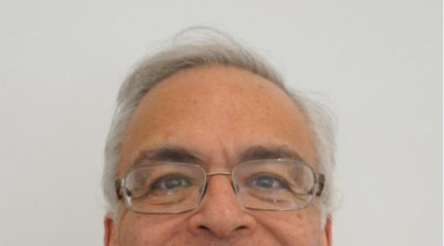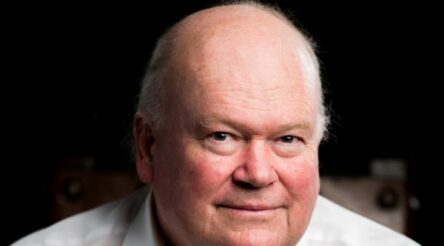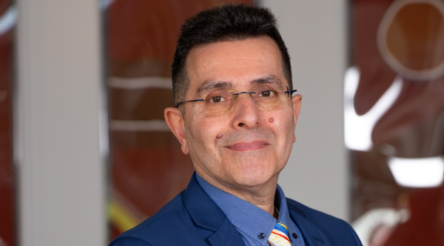Forget coal power, Queensland burnishes green energy credentials

By Peter Roberts
Queensland, a state only a few years seemingly totally committed to coal fired electricity generation as well as fossil fuel export, is putting on a greener front as investments in green energy reap quick results.
According to the government the state is halfway to achieving its 2030 renewable energy target with a quarter of the state’s energy now powered by renewables.
Clean energy supply has increased by more than 20 percent in the past year, Queenslanders are installing a rooftop solar system on average every 10 minutes – 800,000 rooftops are now fitted with solar – and it’s expected Queensland will connect a further 682MW of new clean generation before Christmas 2023.
The Minister for Energy, Renewables and Hydrogen Minister Mick de Brenni: “Once renewables dominate the wholesale electricity market, we will see long term reductions in wholesale power prices, with the CSIRO’s most recent GenCost Report reaffirming that renewables are the cheapest form of energy.
“But we can only do this by transitioning away from coal and gas generation, which continues to set the wholesale electricity market and drive electricity prices up for Queenslanders.”
According to the government it is all due to ‘Queensland’s sun and wind, as the Sunshine State powers towards its renewable energy targets’.
Whether Queensland’s sun is better than anywhere else is a moot point, but there has certainly been an improvement, including in support for green hydrogen projects with the state looking to be a winner in the future.
But the state has a long way to go to catch up on Tasmania which had Australia’s highest renewable energy penetration in 2022, at 99.1 percent.
The same goes for South Australia where more than 70 percent of power already comes from wind and solar PV, with the former Liberal state government targeting 100 percent by 2030 and net 500 percent by 2050 as it becomes a national and international exporter of clean energy.
Meanwhile in Queensland renewable energy targets are 50 per cent by 2030, 70 per cent by 2032 and 80 per cent by 2035. These targets are to be legislated as part of the Queensland Energy and Jobs Plan
Still Queensland remains a heavily fossil fuel dominated state.
Fossil fuels contributed 71 percent of total electricity generation in 2021 according to the latest figures from the federal government, including coal (51 percent), gas (18 percent) and oil (two percent).
And in 2022 Queensland was responsible for 29 percent of Australia’s exports of liquefied natural gas (LNG) or 17 million metric tons of gas.
It is not a pretty (green) picture, and that is without mentioning Queensland’s coal exports which hit a new record 12-month high of $79.7 billion in the year ended September 2022.
Still it is great to see Queensland actually bragging about its recent progress in shifting to renewables, at least for electricity generation.
To quote energy minister de Brenni again: “Queensland’s mighty sun and wind, combined with our majority public ownership, means we remain in prime position to meet our renewable energy targets.”
Picture: GasFields Commission Queensland
@aumanufacturing Sections
Analysis and Commentary Awards Defence Manufacturing News Podcast Technology Videos










